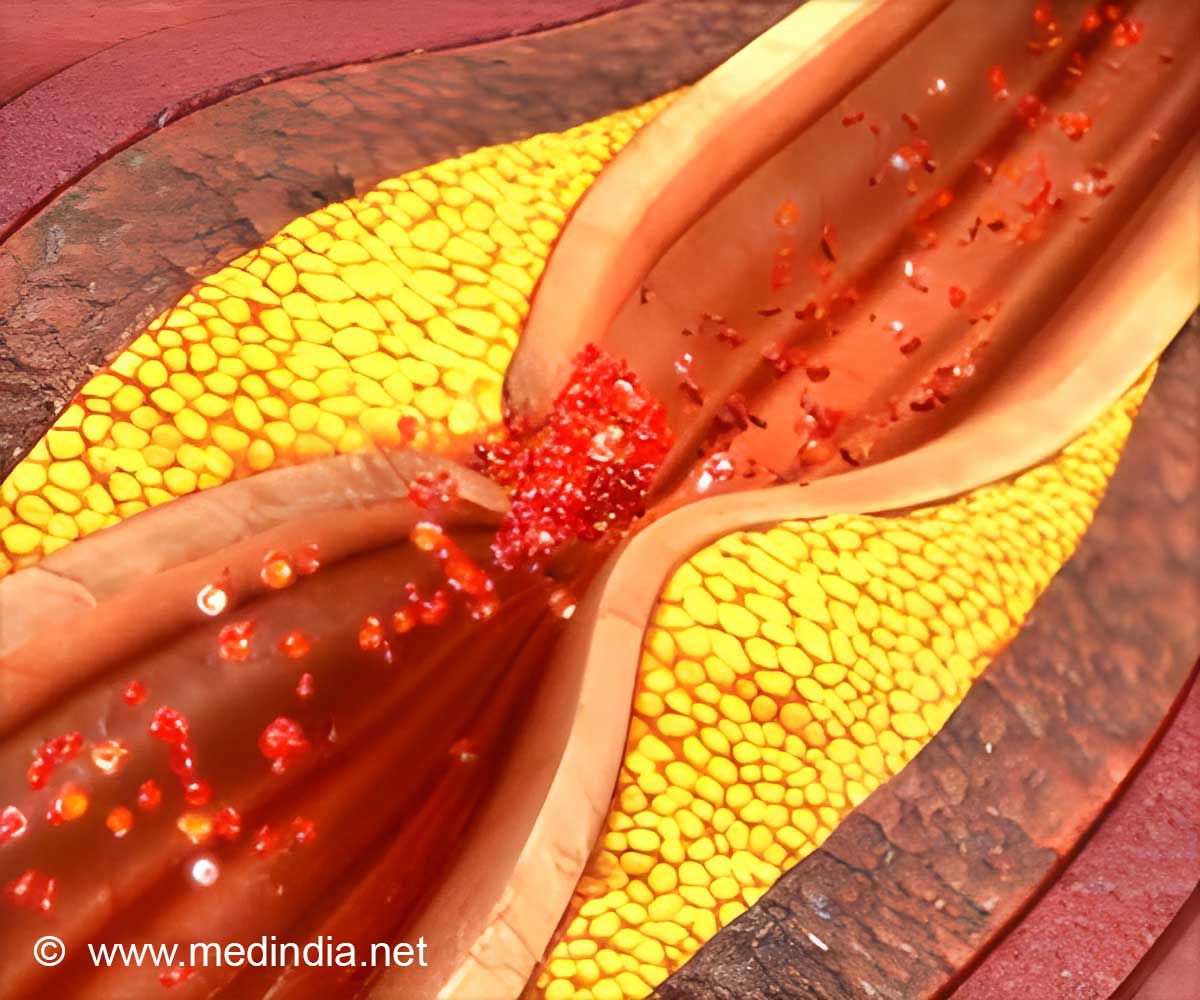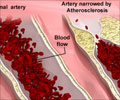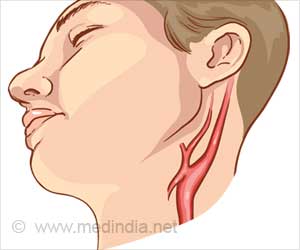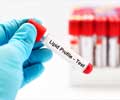
‘New imaging tool uniquely detects regions of arteries at risk of rupture or atherothrombosis, increasing the accuracy of diagnosis in atherosclerotic disease.’
Tweet it Now
Researchers have developed and substantiated an advanced magnetic resonance imaging (MRI) tool to reveal new structural insights into atherothrombosis, the leading cause of mortality in the world. The findings are published in Journal of Cardiovascular Magnetic Resonance.Three-Dimensional Visualization of Atherosclerotic Vessels
Using an experimental model, they combined magnetic resonance imaging (MRI) and mathematical analysis to architecturally define features of fatty material that form plaques in the arteries not visualized with conventional MRI or histology alone.This method uniquely detects regions of arteries at risk of rupture or atherothrombosis, thus increasing the accuracy of diagnosis and assessment of treatment outcomes in individuals with atherosclerotic disease.
As atherosclerosis progresses, damaged smooth muscle cells (SMC) become inflamed and disorganized. While current bio-imaging techniques focus mainly on plaque features adjacent to the flowing blood, they are unable to capture highly detailed deeper structures.
In regions with a normal vessel wall and low inflammation, researchers observed long-range coherence of SMC and collagen fiber orientation parallel to the vessel wall.
Whereas, in highly inflamed regions, blood clots and underlying vessels were characterized by highly random properties with many short tracts that were perpendicular to the vessel wall.
Advertisement
Advertisement















